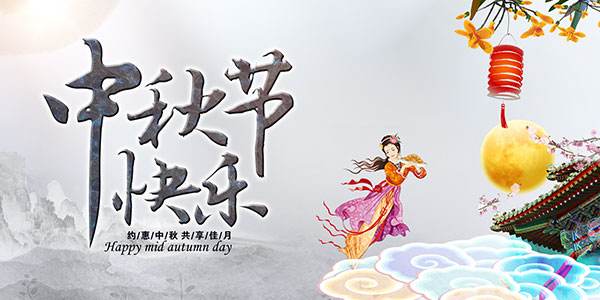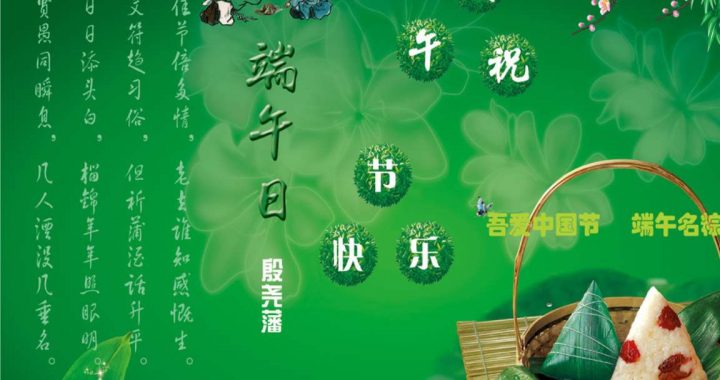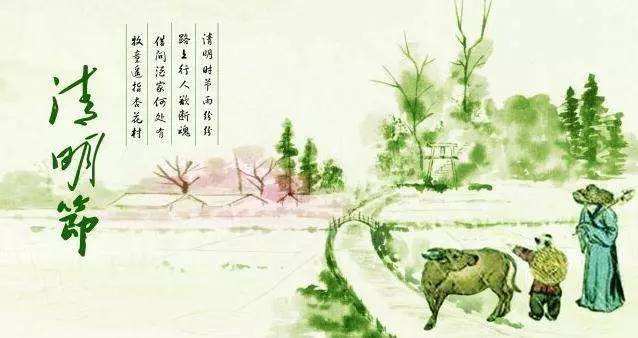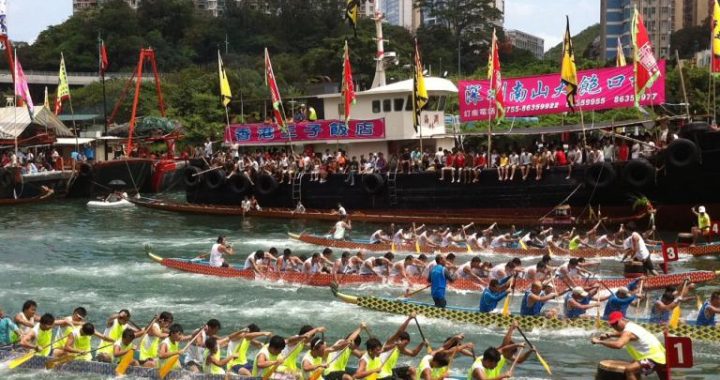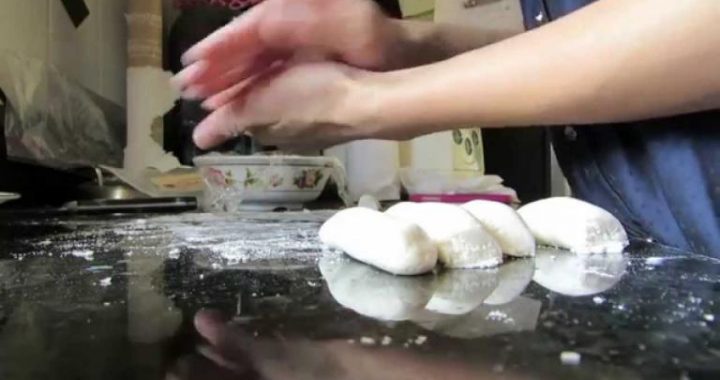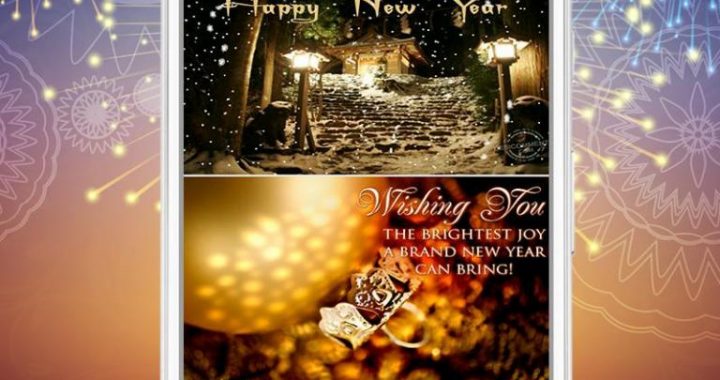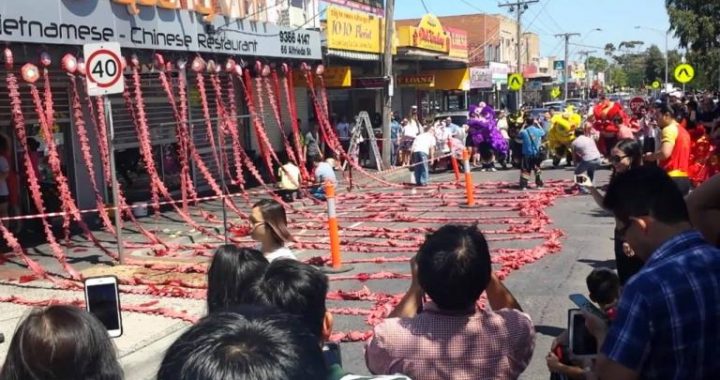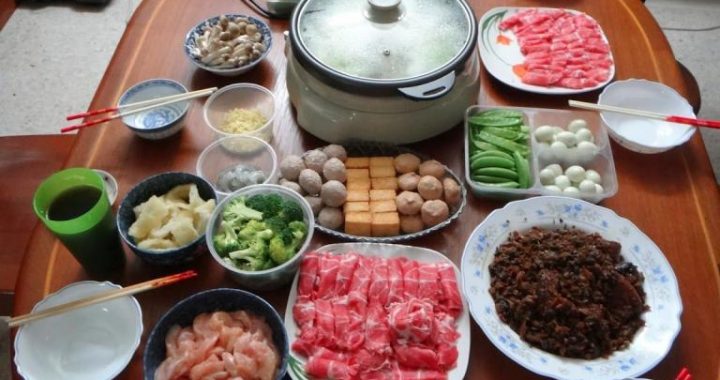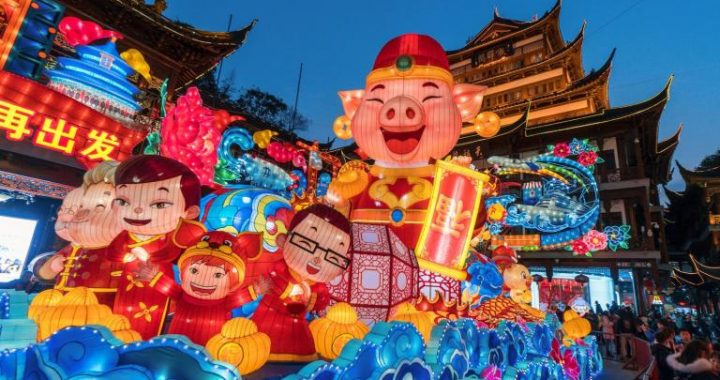Chinese New Year
5 min readChinese New Year, also known as the Spring Festival, is the biggest holiday in China. Recorded in Li Ji(Book of Rites), Chinese New Year is the time when “the vapours of heaven descend and those of the earth ascend. Heaven and earth are in harmonious co-operation. All plants bud and grow.” This summarizes the main features of folk art works on Chinese New Year, which are heaven and earth, yin and yang, propagation and harvest.
Scene of Chinese New Year festivity inside the cave in northern Shaanxi paper-cut for window decoration at Chinese New Year(Weixian County, Hebei).
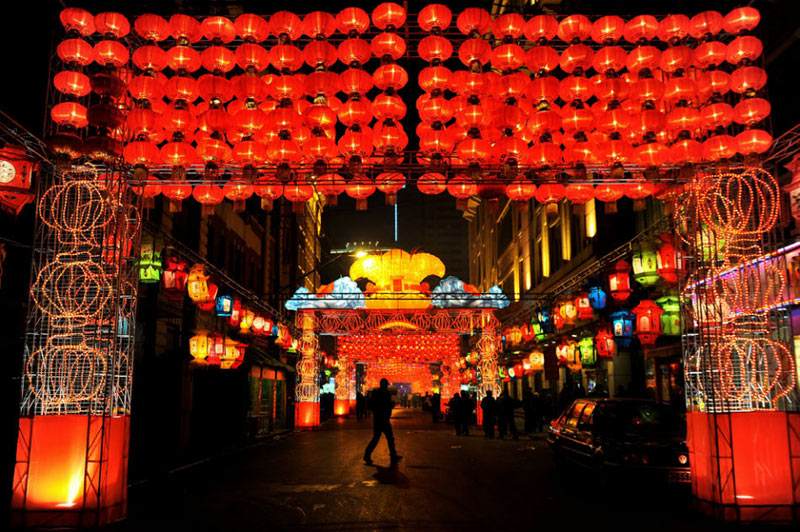
Chinese New Year window decoration usually bears the same implication as for wedding ceremonies. The best I have seen is the paper-cut on the cave windows on the Loess Plateau. On New Year’s Eve, people put on brand new white window liner.
Above the crossbar of the cave window is considered the sky. On the center of the crossbar is a large ball flower of “Baby with coiled hair holding a pair of fish, is known as “Revolving flower” indicating that life revolves around the sky. Below the crossbar is the 36 window lattice. A totem animal (a tiger or a deer) takes the middle four lattice, and other window decorations fill the rest to form a diamond square design with end flowers on four corners. It is similar to the “Thirty-six window lattice of clouds”on wedding occasions, or the”Eight diagrams window. Themes of those paper-cuts include “Two dragons playing with a ball; “Two phoenixes playing around a peony;” “A golden clock over a frog, “A deer and a crane;” “A snake twining round a rabbit; “A vulture catching a rabbit; “A dragon a tiger and a vulture; “Lion playing with a sil ball;” rooster holding fish in the mouth;”” rat bit open the sky;”” bowl o Pomegranate;” “Buckled bowl in the shape of two frogs; or of two fish, two tigers or two rats, “Fairy fish vase;” “Paired tiger vase;” “The Eight diagrams fish; “Deer head; etc. There are also variety of paper-cuts with the theme of life and propagation: “A snake twining round nine eggs; “Treasure toad; “”A pair of toad;” “Frog carrying a rock.” It is a colorful picture of a legendary animal kingdom with birds flying, fish jumping, people laughing and horse soaring. Inside the cave, the kang is decorated with “Border flowers, “across the dish rack is a row of “Dish rack clouds, “and in the center of the ceiling is a large ball flower of “Phoenix playing around peony, “and on the lintel is “Baby holding hands”or “Baby of sun flower seed.”
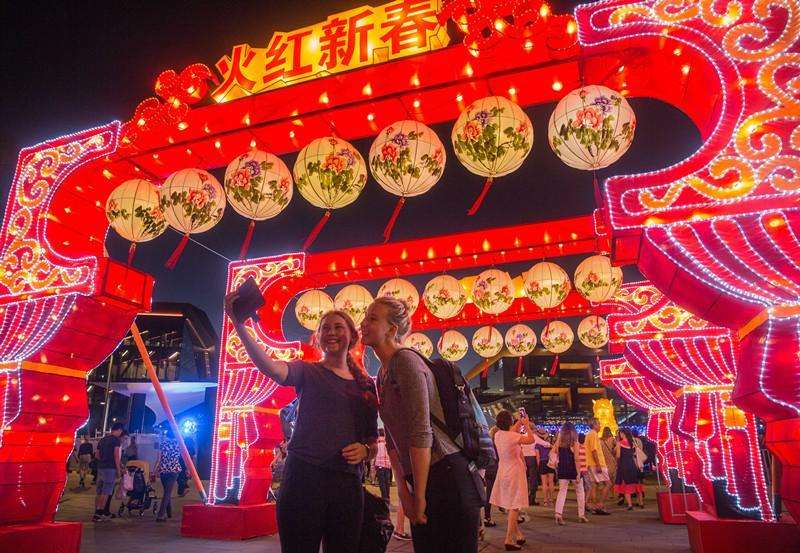
Chinese New Year paper-cut on the door curtain and woodcut New Year picture of door god (Tancheng, Shandong). paper-cut to worship kitchen god at Chinese New Year (Yanchuan, Shaanxi).
Woodcut Chinese New Year picture to worship water well god (Fengxiang, Shaanxi) Woodcut Chinese New Year picture of ‘An armored horse”(Jianchuan, Yunnan).
Woodcut New Year picture”Sparrow marrying off a daughter'(Mianzhu, Sichuan) “The moon lantern’ (Longxian County, Gansu).
In Shandong, the lower stream of the Yellow River, it is a whole different taste. The main subject of Chinese New Year paper-cut is the flower of life which grows high from a water pot or a fish bowl. Paper-cuts of the flower of life in a water vase, or the tree of life in a water pot, are pasted across the lintel. Similar paper-cut is also popular in northern Jiangsu, south of the Yellow River, all the way to the Yangtze River valley.
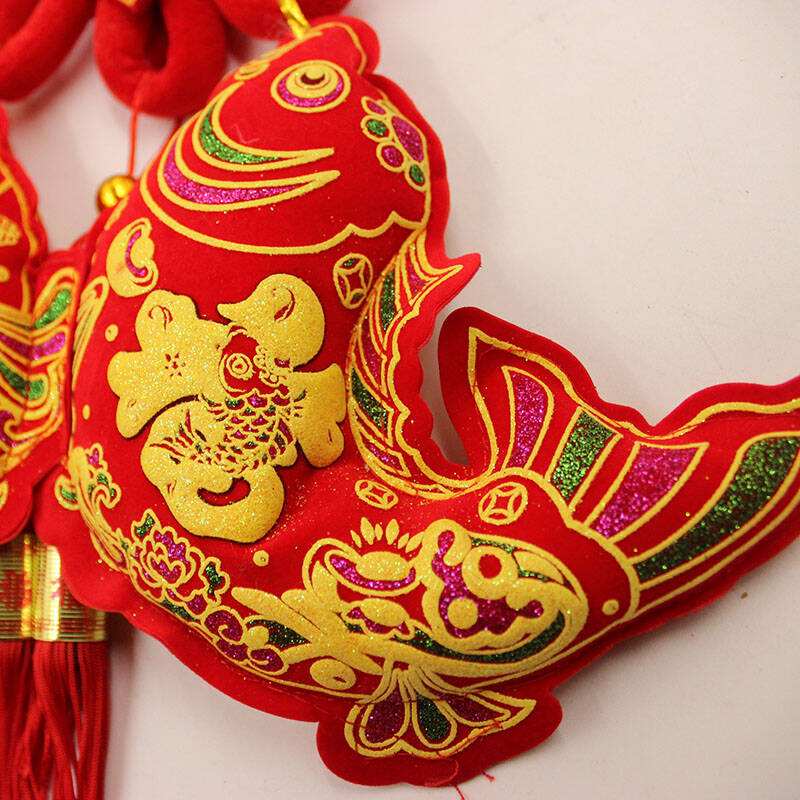
Nowadays urban residents like to paste Chinese New Year paper-cut character”Fu “(good fortune)upside, as “Fu dao”(good fortune arrives). Actually, the diamond square of upside down character “Fu” was meant to be a rotating symbol for perpetual life.
In Inner Mongolia, Chinese New Year door-god paper-cut is pair of deer or a pair of roosters. In central Shaanxi, it is two tigers, and in Henan, two monkeys, or cows, or two babies with coiled hair riding a golden cow. These paper-cuts are made with yellow glossy paper, common way to pray for patronage from the totem or legendary animals for family safety and keeping away evil spirits and disasters.
Chinese New Year is the “beginning of a year, everything starts fresh and gay.
Every household changes a new woodcut of New Year picture. Polytheism that has been widely accepted by Chinese folks believes that every living creature has a power of its own. Such belief can be seen in some of the art works too. New Year picture featuring all types of gods are put out at Chinese New Year time for safeguard. On the 23rd of the twelfth lunar month is to worship the cooking stove, replacing a year old woodcut of “stove god” with a new one for the New Year. Pasted on the two door leaves are two famous warriors from the Tang Dynasty(618-907), door gods Shen Tu and Yu Lei, carrying reed ropes ready to kill any approaching demons. On the shrine by the door steps is god of land; in the yard are gods from ten directions; above the stove is god of wealth; and by the well is god of the well. In Yunnan, Yi and Bai ethnic groups culture has over 100 different images of gods for safeguard, each having a designated function.
“Baby with coiled hair” lantern (Yanchuan, Shaanxi)
The Chinese New Year outdoor gathering in the suburban in the Miao village of northern Guizhou (Chishui, Guizhou).
The 7th of the first Lunar month is the”Human Day,” the day the rat, god of propagation, marring off a daughter. Women would hide their basket of needlework to avoid being bitten by the rat. Big paper-cut “Rat marrying off a daughter”can be seen on the wall in every household on the Human Day. In other areas where birds are worshipped, like Sichuan, it is the “Sparrow marring off a daughter.
The 15th of the first lunar month is the Lantern Festival. Every household folds paper lanterns in square or a diagram shape, fully decorated with colorful paper-cuts. Types of the lanterns vary from geographically related legendary animals to geometry symbols of life and propagation, such as”The moon lantern;””Baby with coiled hair lantern; “The eight diagrams lantern, “to name a few.
In the south of Yangtze River valley, between 1st-15 th of the first lunar month, people have large gatherings to invite, dance for, and send off exorcists. It starts with going to an exorcist temple to request the mask of exorcist for a baptismal ritual. In Miao ethnic group area, it is the Chinese New Year outdoor gathering in the countryside, when young men and women in festival customs bearing embroidery totem animals and life symbols, playing music instrument(a toad shaped wind instrument), singing and dancing. Such festivity is actually a cultural extension from the ancient custom of worshipping heaven and earth at the suburb of the capital.
